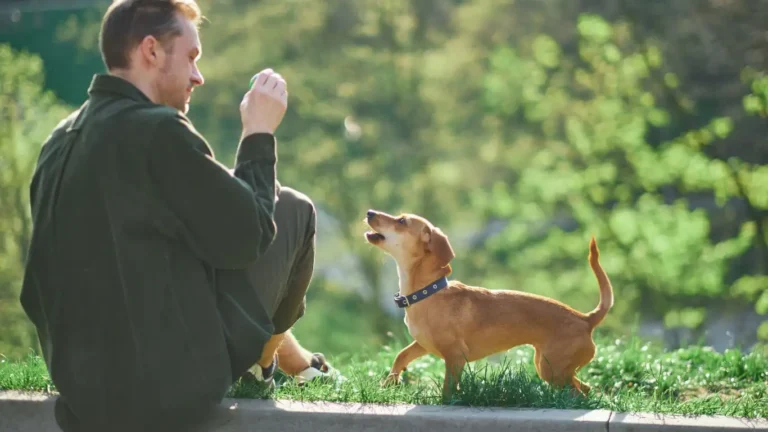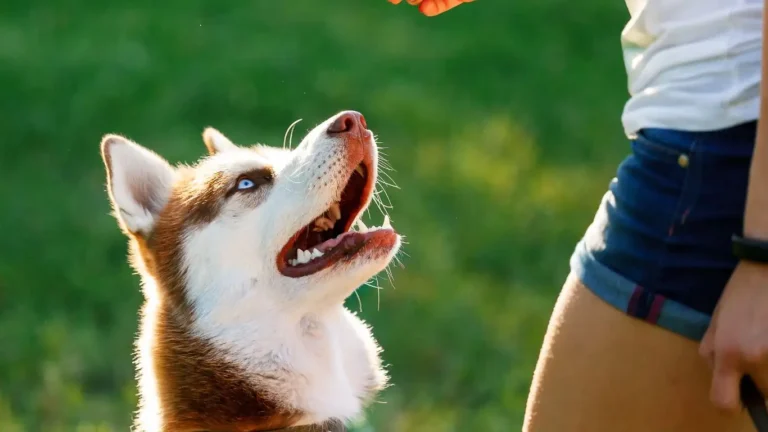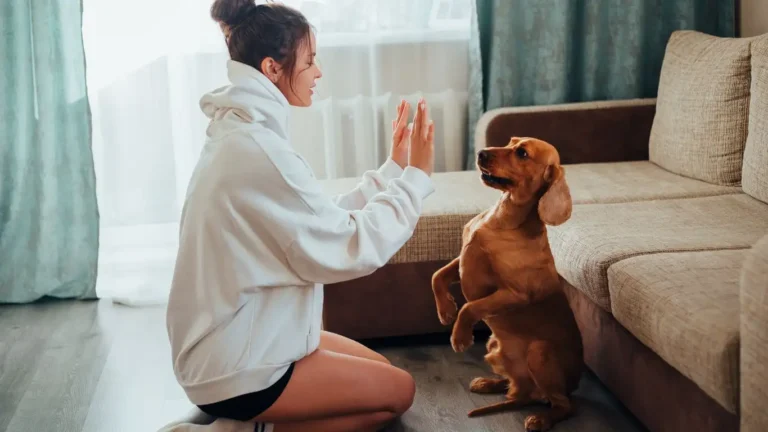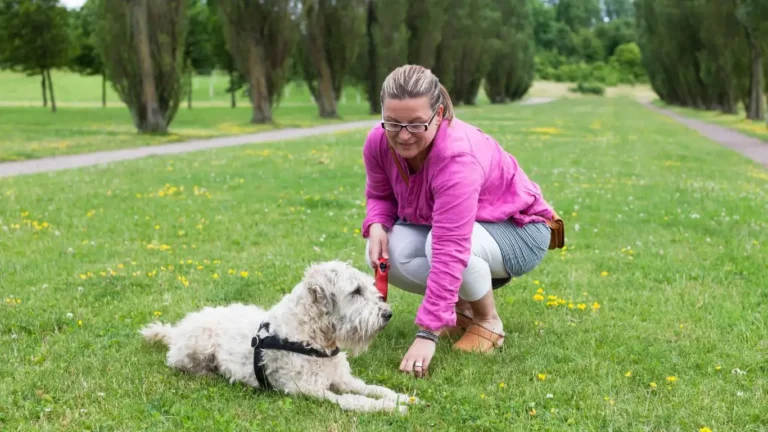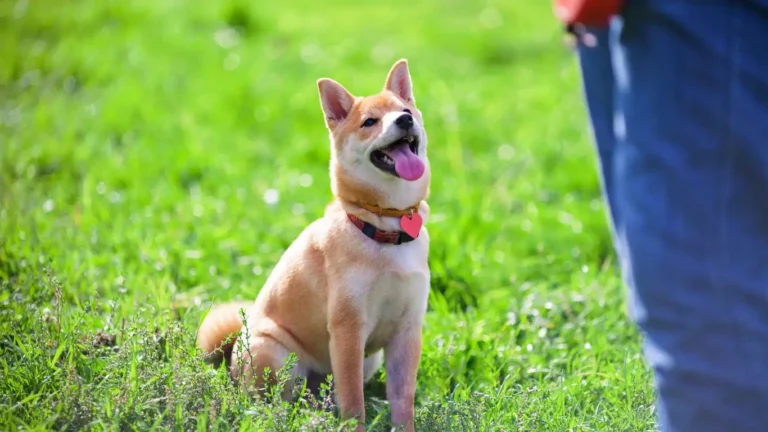Master How to Train a Dog to Calmly Observe Wildlife Without Stress
If you’ve ever taken your dog out on a trail and had them lose their mind the second a squirrel darts by, you’re definitely not alone. Teaching dogs to stay calm around wildlife is one of the most requested skills I get asked about as a Canine-Assisted Therapy Trainer. So, if you’re wondering how to train a dog to calmly observe wildlife, you’re in the right place. And trust me, it’s not just about obedience—it’s about nurturing their natural instincts in a balanced, respectful way. Over the years, I’ve helped dozens of therapy dogs learn to sit in peaceful stillness while birds chirp, deer graze, and the occasional rabbit hops by. And the good news? Your dog can learn it too.
Understanding Your Dog’s Instincts
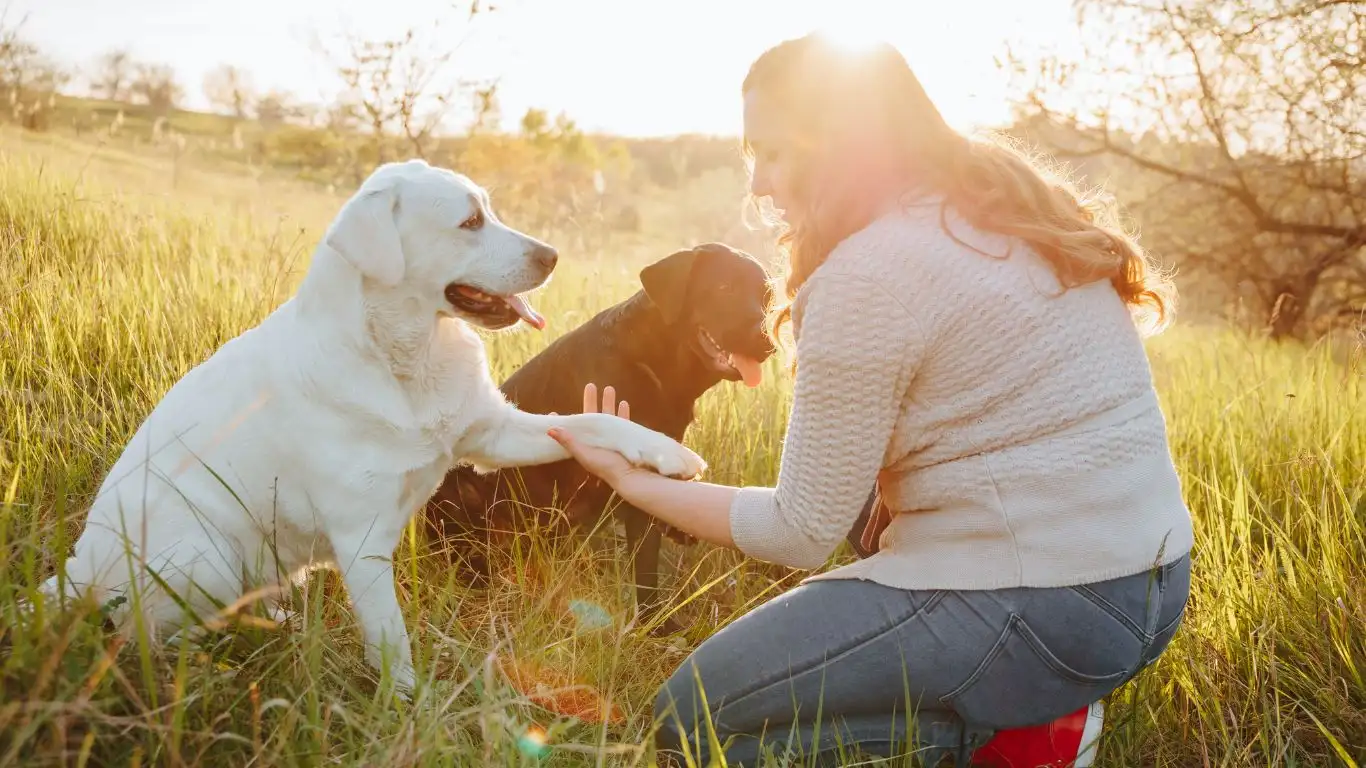
Dogs are born hunters—whether they’re a floppy-eared golden retriever or a sprightly border collie. That intense stare and sudden dash? Totally normal. The key isn’t to fight those instincts, but to channel them in a more controlled way. I always tell pet parents: if your dog is lunging or barking at wildlife, it’s not bad behavior—it’s untamed instinct.
Instead of scolding, we guide. We help our dogs shift from hyper-focus to mindful awareness. And honestly, that shift starts with us as much as them. A calm handler = a calm dog. That’s something I learned early on during therapy training sessions with anxious pups. We don’t demand stillness—we cultivate it.
Why This Skill Matters Beyond the Trail
Sure, teaching your dog not to freak out at a bunny sounds nice, but the benefits go deeper. When dogs can stay calm around wildlife, it shows emotional regulation, impulse control, and trust in their human. For therapy dogs especially, this is gold. Whether we’re visiting nursing homes or working with kids who’ve experienced trauma, that chill mindset makes all the difference.
Even for non-therapy pups, though, this skill translates to a more grounded, confident dog. Imagine walking through the park without sudden leash-yanking chaos every time a bird lands. Sounds dreamy, right?
Setting the Foundation: Calm Starts at Home
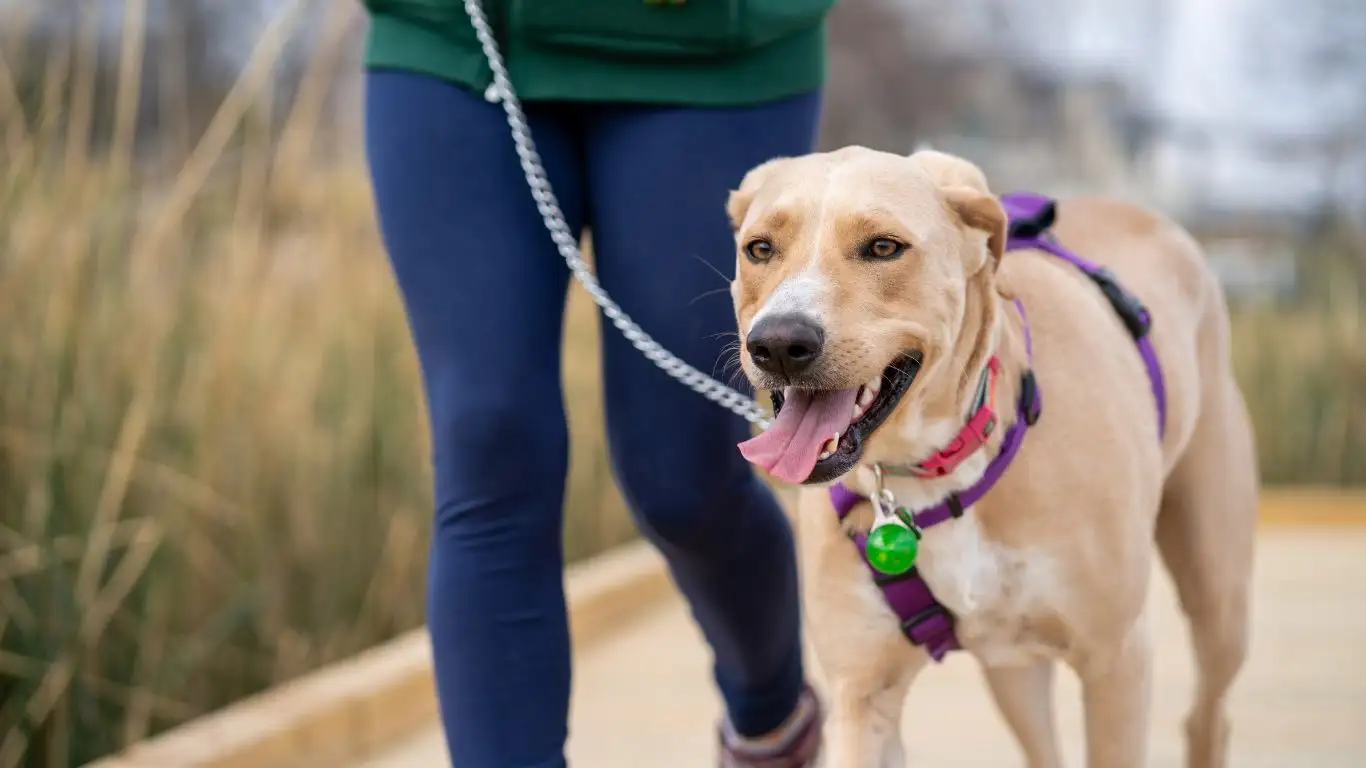
Before you hit the trails, you’ve got to start with the basics at home. Wildlife is basically the “boss level” of distractions—so build up to it. Here’s what’s worked for me, especially with easily excitable dogs:
- Master Basic Cues: Your dog should already have solid sit, stay, and leave it commands. These are your go-tos when things get wild… literally.
- Desensitize to Movement: I use slow-moving toys indoors and reward calmness. If your dog can ignore a bouncing ball in the living room, they’re more likely to ignore a rabbit outside.
- Introduce Wildlife Sounds: I’ll play nature recordings during quiet time. At first, it’s weird for them. But over a week or two, they start to normalize the rustling and chirping noises.
Quick tip from the field: One of my therapy dogs, Max, used to bark at every bird call he heard. I paired the sounds with his favorite chew and within a few sessions, he started associating bird songs with relaxation, not alarm. Simple, but effective.
Environment Matters More Than You Think
Where you train is just as important as how. Start in low-distraction environments. A quiet backyard or even a patio can be a great transition spot. I never recommend starting this kind of training at a busy dog park or bustling trailhead. Too much too soon is a recipe for frustration—for both of you.
- Use Long Lines: Give your dog some space while maintaining control. It’s empowering for them and safe for wildlife.
- Practice Patience: You might spend 15 minutes just sitting quietly. That’s okay. Sometimes the best training is doing “nothing”—together.
- Watch the Wind: Scent is powerful. If the wind is carrying the smell of wildlife right into your dog’s nose, you’re up against more than you think. Position yourself accordingly.
Building Focus Through Connection
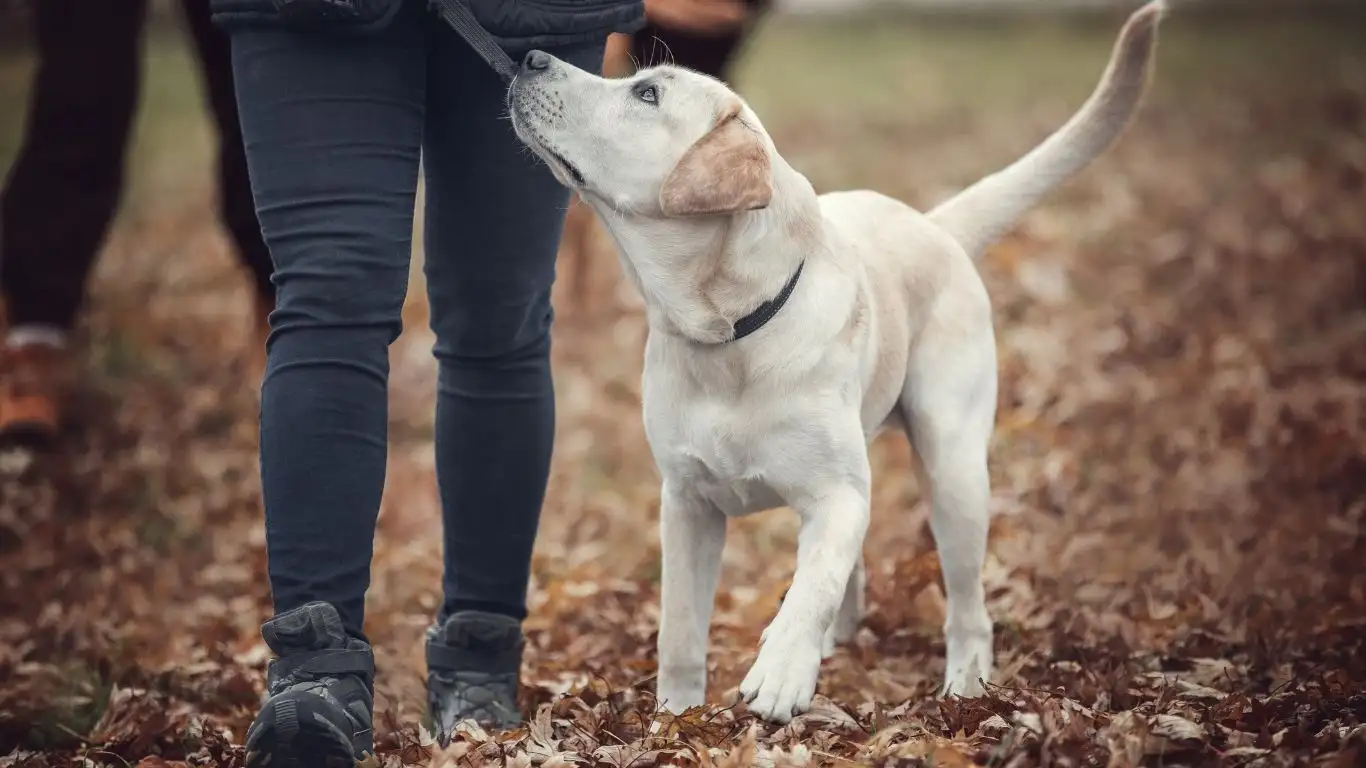
When a dog learns to look to you for guidance instead of reacting on autopilot, you’ve struck gold. That connection is everything. I always start focus work indoors with eye contact games—just a few seconds at a time, lots of praise, maybe a treat tossed behind me for a little reset.
Eventually, you take it outside. Not to the middle of the forest just yet—think quiet sidewalks or calm parks. Gradually layer in more distractions, always rewarding calm observation. Your dog sees a squirrel? Great. They glance, then look back at you? Jackpot. That moment is exactly what you’re aiming for.
Introducing Wildlife Gradually and Respectfully
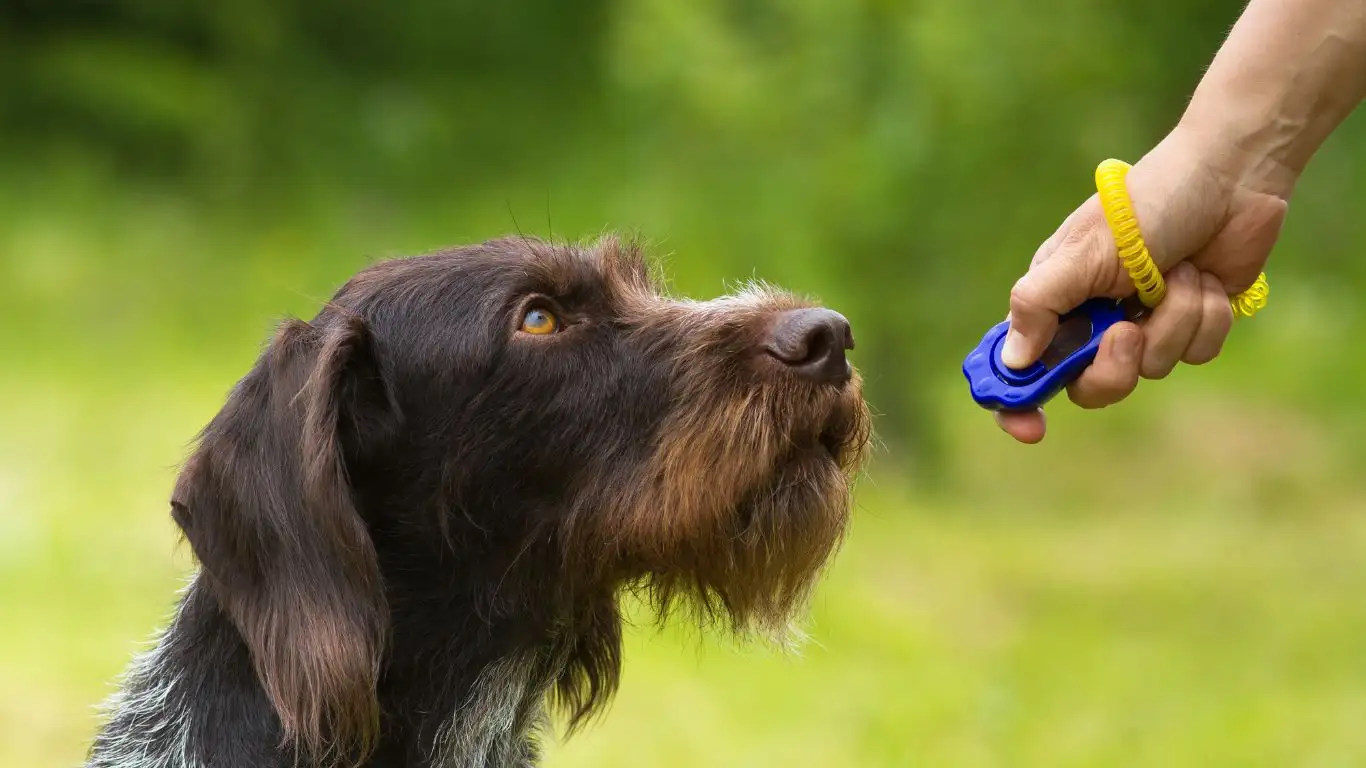
Alright, so your dog is starting to master the art of focus in quieter settings—awesome. Now it’s time to up the ante and get closer to the real thing: wildlife. The trick here is gradual exposure. Think of it as building a ladder—one calm step at a time. If you skip a rung, you’re more likely to fall (or in this case, lunge and bark).
What I usually do is scout out a local trail where I know there are birds, maybe the occasional rabbit, but not constant chaos. I keep the leash loose, treats handy, and expectations realistic. Your dog’s not gonna morph into a Zen monk overnight—and that’s okay.
Distance is Your Friend
One golden rule I always follow: start far enough away that your dog notices wildlife, but doesn’t react. This is called the threshold distance. If your dog tenses up, freezes, or starts pulling, you’re too close. Back it up.
One time, I was training a spaniel mix named Luna. We were watching a family of ducks by a pond, but even at 50 feet away, her body stiffened like a board. I had to guide her back another 20 feet before she exhaled and softened. That moment right there—that softening—is your cue to reward and praise.
- Use High-Value Treats: Think cheese, chicken, or whatever your dog goes bonkers for. Kibble won’t cut it when a bunny’s in view.
- Mark Calm Behavior: Use a clicker or a calm “yes” the second they look at the animal, then back to you.
- Keep Sessions Short: Five to ten minutes is plenty. Leave on a high note before your dog gets too stimulated.
Making Calm Observation a Daily Practice
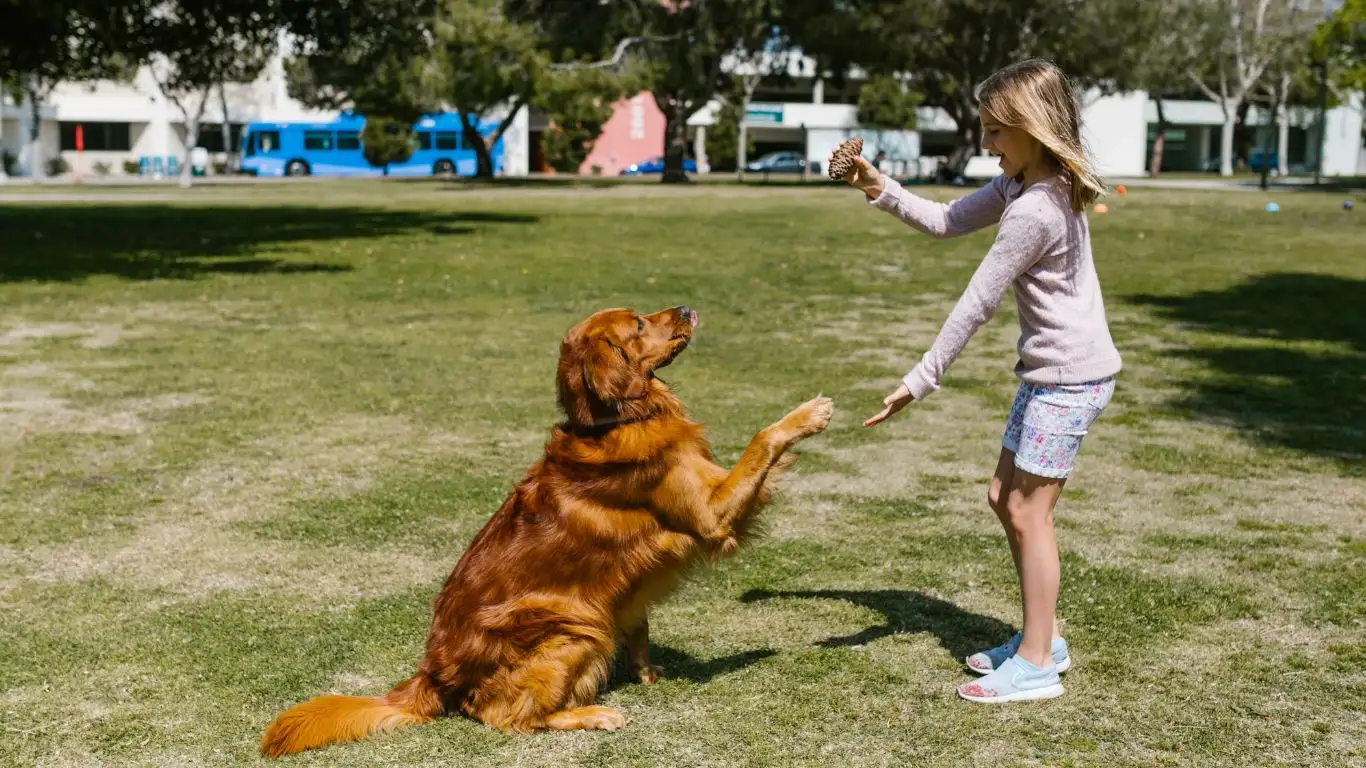
Here’s where consistency becomes your best friend. Just like we brush our teeth every day (hopefully), practicing calm observation should be a regular part of your dog’s routine. Not just for the big hikes, but even on casual neighborhood walks.
One trick I love sharing is what I call a “calm checkpoint.” Basically, pick one or two spots along your usual walk to stop, sit, and just watch. No commands, no cues. Just quiet time. Your dog learns that it’s okay to pause, observe, and just be present with you.
Turn It Into a Mindfulness Game
This might sound a bit woo-woo, but hear me out: dogs can absolutely pick up on your energy. If you’re tense or rushed, they will be too. But if you breathe deep, stay grounded, and actually enjoy the moment, it sets the vibe for your pup to do the same.
I remember one foggy morning sitting on a bench with Jasper, one of our therapy lab mixes. A couple of ducks landed nearby, and instead of reacting, he looked up at me, then back at the birds, wagged his tail… and just watched. It was such a quiet, beautiful moment. We didn’t “train” it—it happened because of our slow, steady groundwork.
When Things Don’t Go Perfectly (Because They Won’t)
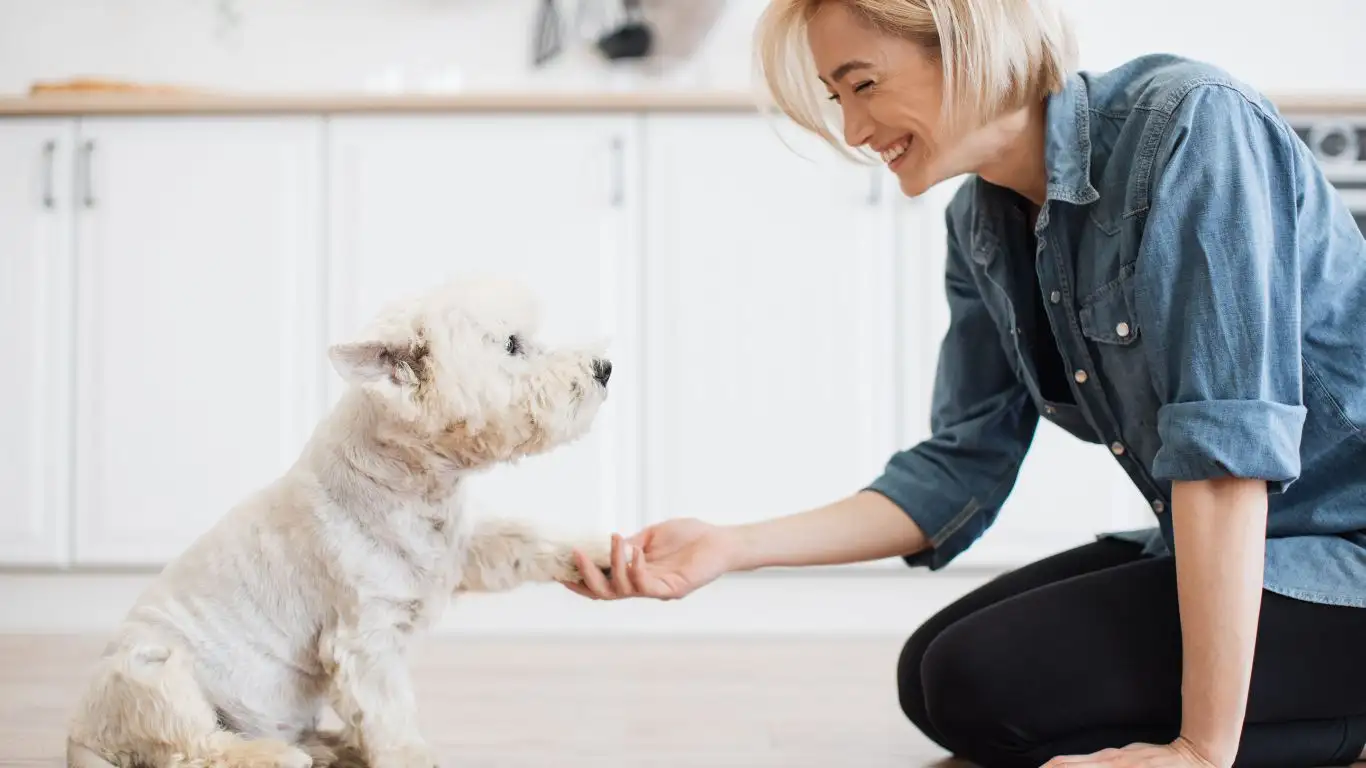
Let’s be real—sometimes your dog will still lose their cool. A squirrel might zigzag across your path and boom! Game over. And that’s okay. I always remind clients: progress isn’t linear. One rough outing doesn’t erase the weeks of work you’ve put in.
The best thing you can do in those moments? Stay calm. Don’t yank the leash, yell, or scold. Just gently redirect, maybe walk away from the stimulus, and breathe. Later, reflect. Did you get too close too soon? Was your dog over-tired or under-stimulated that day? All of these things matter.
Have a Backup Plan
It’s smart to have a reset strategy for moments when things unravel. Here’s what I personally use:
- “Find It” Game: Drop treats on the ground to shift focus from the wildlife to a scent-searching task. It taps into their nose and brings the brain back online.
- Turn and Walk: Calmly walk in the opposite direction without tension. Don’t make a big deal out of it—just shift the energy.
- Give Them a Job: Ask for simple cues your dog knows well—sit, touch, watch me. Familiarity brings confidence.
It’s taken me years of hands-on work with all kinds of dogs—high-energy terriers, anxious rescues, and even a stubborn beagle or two—to realize that success is just a series of small, quiet wins. Every calm glance, every soft exhale around a squirrel, is a victory worth celebrating.
Stay patient, be present, and don’t forget to laugh when things go sideways. Because they will. But with time and heart, your dog will learn how to calmly observe the wild world around them—and it’ll be one of the most rewarding journeys you’ll ever take together.
Layering Distractions and Strengthening Calm Over Time
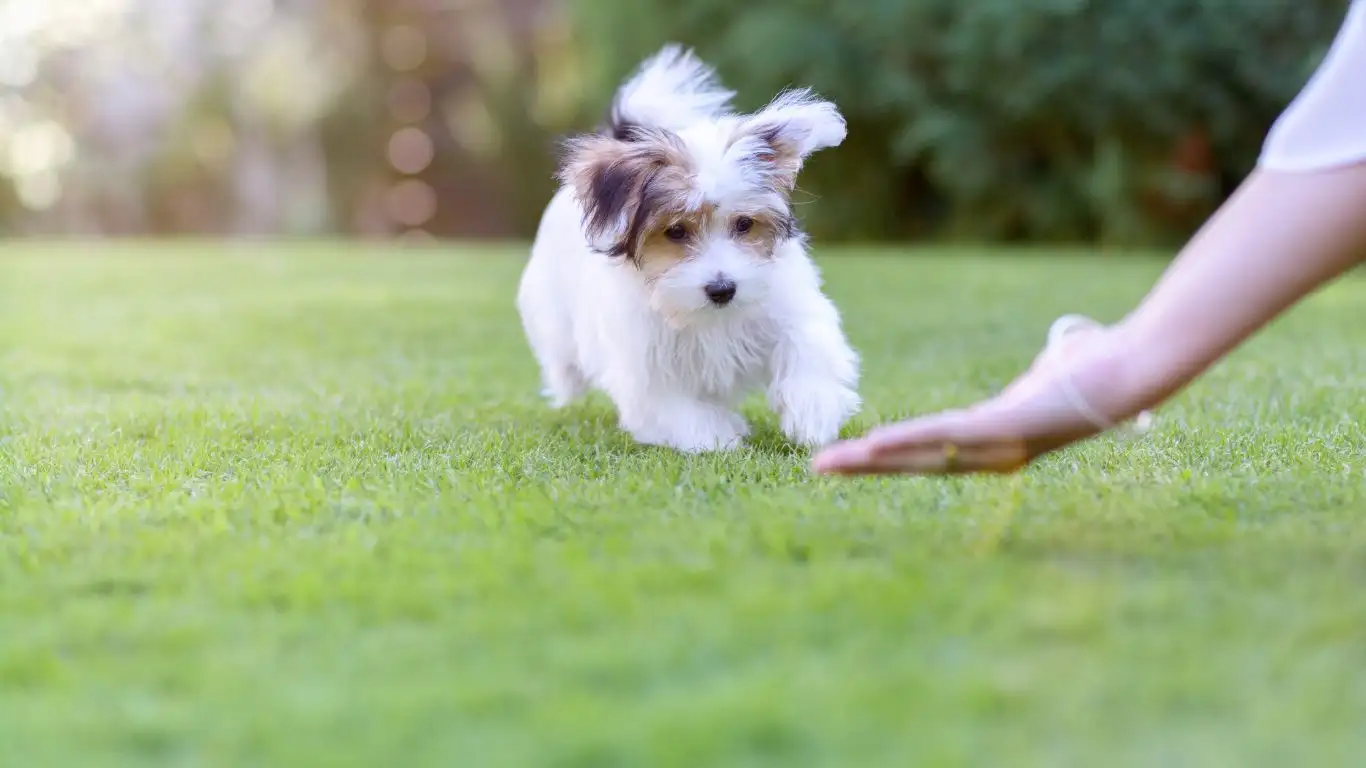
Once your dog can handle a squirrel sighting without going full cartoon-mode, you’ve built a solid foundation. Now comes the part a lot of folks skip—layering distractions slowly and thoughtfully. Because it’s one thing to stay calm around a single rabbit on a quiet morning… it’s a whole different game when it’s deer, joggers, and geese all at once on a sunny Saturday trail.
In my experience as a Canine-Assisted Therapy Trainer, this stage is where progress becomes real-life resilience. I usually start by introducing one new distraction at a time: maybe it’s a group of kids playing nearby, or cyclists zooming past, or more wildlife than usual. Keep the leash loose, your body relaxed, and keep rewarding those moments of stillness or calm checking in.
Reading Your Dog’s Signals is Everything
I can’t stress this enough: learn to watch your dog’s body language like a hawk. Are their ears perked forward but their tail’s wagging slowly? That’s curiosity. Are they frozen stiff, mouth clamped shut, tail rigid? That’s overstimulation brewing.
During one of our advanced outings with a therapy candidate named Willow (a sweet German Shepherd mix), she spotted a fox about 40 feet away. I could see her tail twitch, her nose working overtime. But then she glanced at me and blinked. That blink was gold—it meant she was still present with me. I gave her a quiet “good girl,” and we moved on. Moments like that? Priceless.
Integrating This Skill Into Daily Life
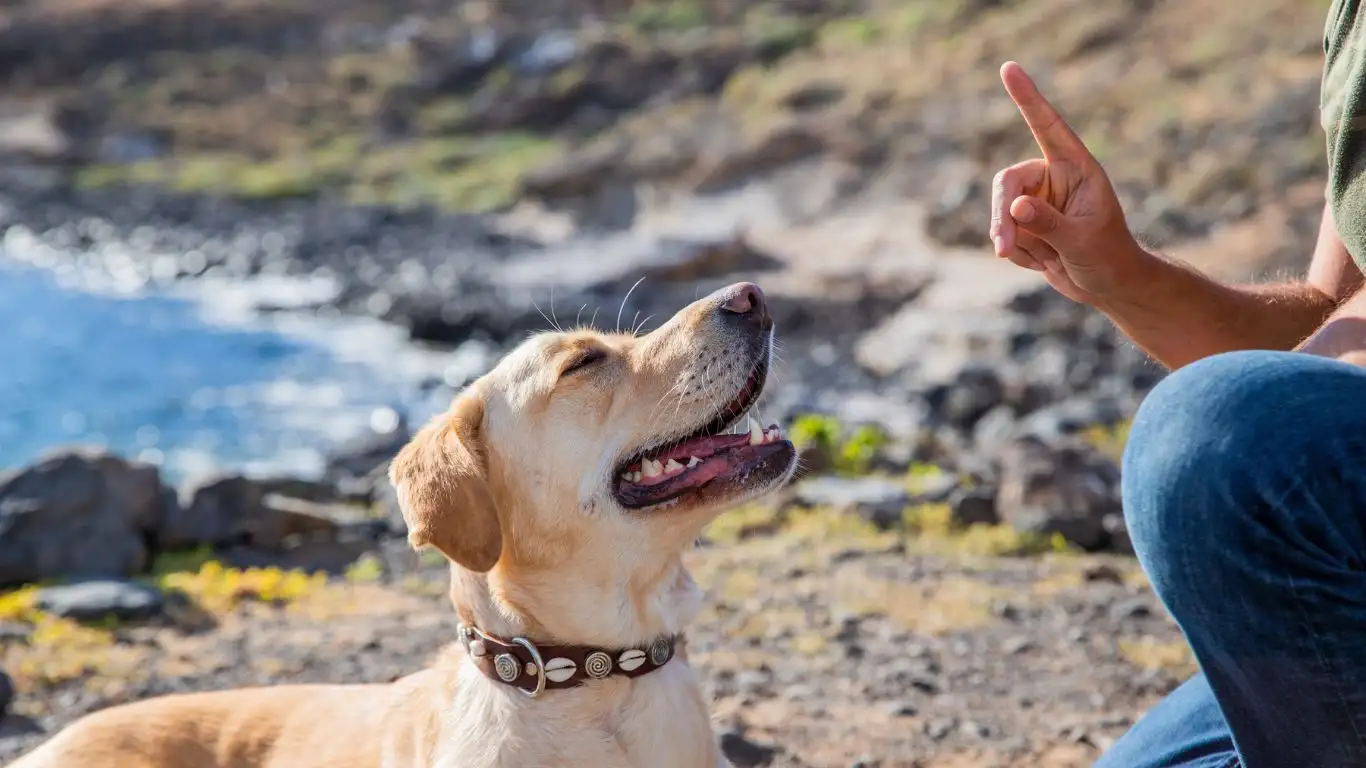
Training doesn’t stop when you leave the trail. The goal here is to make calm wildlife observation part of your dog’s everyday mindset, not just something they “perform” when you cue them. That’s what creates true, lasting behavior change.
I like weaving in spontaneous nature pauses on normal walks. If we hear birdsong or see a squirrel, we stop and watch together. No rush. Sometimes I’ll even sit down on a patch of grass and just let my dog observe the world with me. These tiny rituals help your pup learn that stillness is safe, even enjoyable.
Build a Relaxation Routine
One thing I often recommend to my clients is what I call a “relaxation station.” Pick a cozy outdoor spot—your porch, a shady patch in the yard, a quiet corner of the park—and make that your dog’s go-to place to chill and observe. Bring a mat, some chews, maybe your favorite coffee.
Over time, your dog will associate that spot with calm vibes and natural sights and sounds. It becomes a training zone without feeling like training. And bonus—it’s kind of therapeutic for us humans, too.
How to Train a Dog to Calmly Observe Wildlife: Key Reminders
Let’s pull it all together. Training your dog to stay chill around wildlife isn’t about dominance or control—it’s about trust, patience, and understanding what makes your pup tick. Here are a few quick takeaways from everything I’ve learned over the years:
- Start at home. Don’t rush into the woods with big expectations. Build your dog’s focus and calm in low-pressure environments.
- Reward the small wins. A blink, a tail wag, a look back at you—all of these deserve praise.
- Watch their threshold. Know when you’re too close, too soon. Step back when needed.
- Layer distractions slowly. Add one challenge at a time, and make sure your dog can handle each before stacking more.
- Make it a lifestyle, not a trick. Calm observation should be part of your everyday walks and bonding time.
I’ve worked with everything from boisterous adolescent labs to shy rescue terriers, and this method truly works when it’s consistent, gentle, and relationship-centered. You don’t have to be perfect. You just have to show up with presence, patience, and a few high-value treats in your pocket.
Additional Resources & Expert Support
If you’re hitting roadblocks—or just want to take things further—there’s no shame in getting expert help. Certified force-free trainers, behavior consultants, and therapy dog programs can offer personalized support. Look for trainers who emphasize positive reinforcement and understand canine body language inside and out.
Here are a few credible organizations to check out:
- Association of Professional Dog Trainers (APDT)
- Certification Council for Professional Dog Trainers (CCPDT)
- American Veterinary Society of Animal Behavior (AVSAB)
And if your dog has a traumatic history or extreme reactivity, talk to your vet about working with a veterinary behaviorist. Sometimes it’s not just about training—it’s about healing, too.
References
- American Veterinary Medical Association
- American Gastroenterological Association (for understanding stress behaviors and gut-brain connection in dogs)
- American Kennel Club (AKC)
Disclaimer
This article is for informational purposes only and does not replace professional veterinary or behavioral advice. Every dog is unique, and what works for one may not work for another. Always consult a certified dog trainer or veterinary behaviorist for concerns related to aggression, fear-based reactivity, or chronic stress behaviors.
